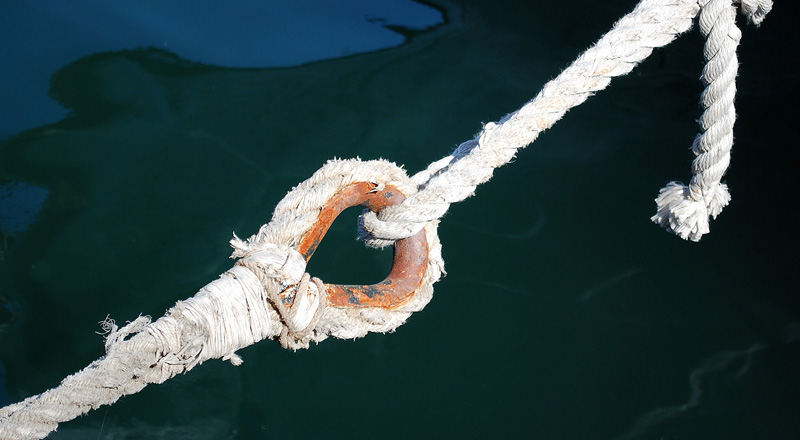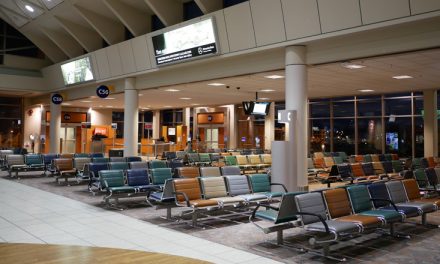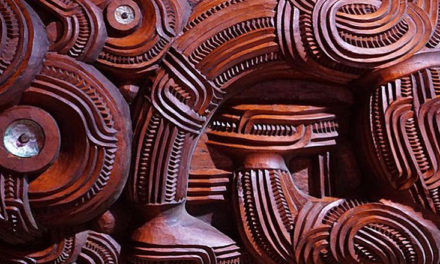Splice To Thrive
Tena tātou katoa e te iwi mīhana… (Greetings to all the people in mission)
This month’s whakatauki (proverb) is: “Whakapuputia mai o manuka, kia kore ai e whati.” (Cluster the branches of the manuka, so they will not break). There is great strength in togetherness.
Ecclesiastes 4:12 is something of a cliché, but it is a powerful one: “A person standing alone can be attacked and defeated, but two can stand back-to-back and conquer. Three are even better, for a triple-braided cord is not easily broken” (NLT). This verse can be interpreted and applied in different ways but “the Teacher” clearly intended it to highlight the advantages of being part of a family or community in times of adversity.
Like the Sons of Issachar (1 Chron. 12:32), I love reflecting on the times, seeking to discern what the people of God should do, with particular emphasis on implications for the missions community. A few weeks ago I read an article in the Business Insider Australia that discussed the competing strategies of Amazon and Walmart. The former has 70% of the upper income market in the US and the latter (like the Warehouse here in Aotearoa New Zealand) appeals to the lower end. The writer’s final point was that those markets are thriving while Macy’s, Sears and JCPenney—serving middle class markets—are closing hundreds of stores, physical proof of middle class decline in a nation where it had once thrived.
The news is telling us the same story in Aotearoa New Zealand: the middle class is disappearing and the gap between the haves and have-nots is getting wider. My conviction is that the people of God are scrambling to get to and stay at the wealthy end of that divide and the pursuit of economic security has dramatically affected the Church’s mission, both within our nation and beyond.
modern missions developed with the rise of the middle class in late-18th Century Europe.
I’ve said it before, that modern missions developed with the rise of the middle class in late-18th Century Europe, on the back of colonialism and the coattails of commerce. For the most part, the wealthy (aristocracy) had too much to lose to physically engage in mission themselves, and the poor had no means to do so. The middle class that, for over 220 years, has traditionally fueled missions flame and resourced the evangelical Church, is disappearing. What will emerge is anybody’s guess.
Perhaps middle class activism will migrate with Christians into the upper classes. Alas, according to Church history, it doesn’t seem to work out that way. In the face of growing adversity (through resource re-prioritization and apathy within, and anti-Christian antagonism against), it is beyond time for the Church of Aotearoa New Zealand to braid like cord, or splice together, to support its mission. Not to collectively bury our heads in the sand or beat people over the head, but to work smarter together to witness to the living God and the transformative power of the Gospel.
That will require sacrificing competing priorities for the benefit of the whole, but it will be necessary for us to thrive and #stayonmission. 👊🏼
Ma te Atua e manaaki koutou (may you all experience the very best things from God),
Jay





